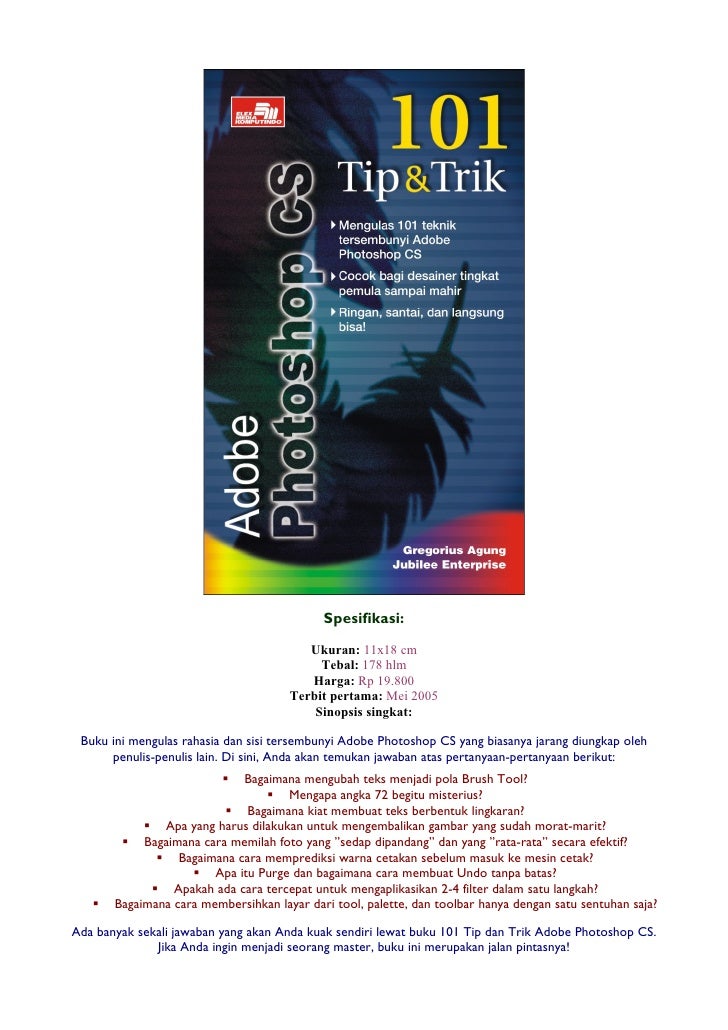

As you click through the different tools, different options pertaining to each of those tools will be given. In the example image above, the options for the Selection tool are displayed. That means the options displayed will change depending on which tool is selected. The thing to know about this particular part of the workspace is that it is contextual in nature.
ADOBE PHOTOSHOP 101 MAC
This options bar is just below the main menu on Mac computers. Now let’s take a look at the top options bar: This is especially useful for computers that are shared by multiple people. Notice, this menu gives other default layout options, including options to save a particular layout.
ADOBE PHOTOSHOP 101 WINDOWS
This will arrange the windows and various “palettes” to a default setting. On the top menu bar, navigate to the Window → “Workspace” menu and choose “Essentials (Default).” A good way to stay consistent with the images we show when following this tutorial is to change the layout to the default mode. Therefore, it’s easy to change things around in such a way that the program is nearly unrecognizable. The Adobe Photoshop workspace is highly customizable for all of the various situations in which different industries might use the program. Workspace Layoutįirst, let’s get familiar with the general Photoshop layout. Photoshop can actually do quite a bit more than these listed items, but for the purposes of this tutorial the focus will be using the program as a photography tool in a journalistic sense.


 0 kommentar(er)
0 kommentar(er)
